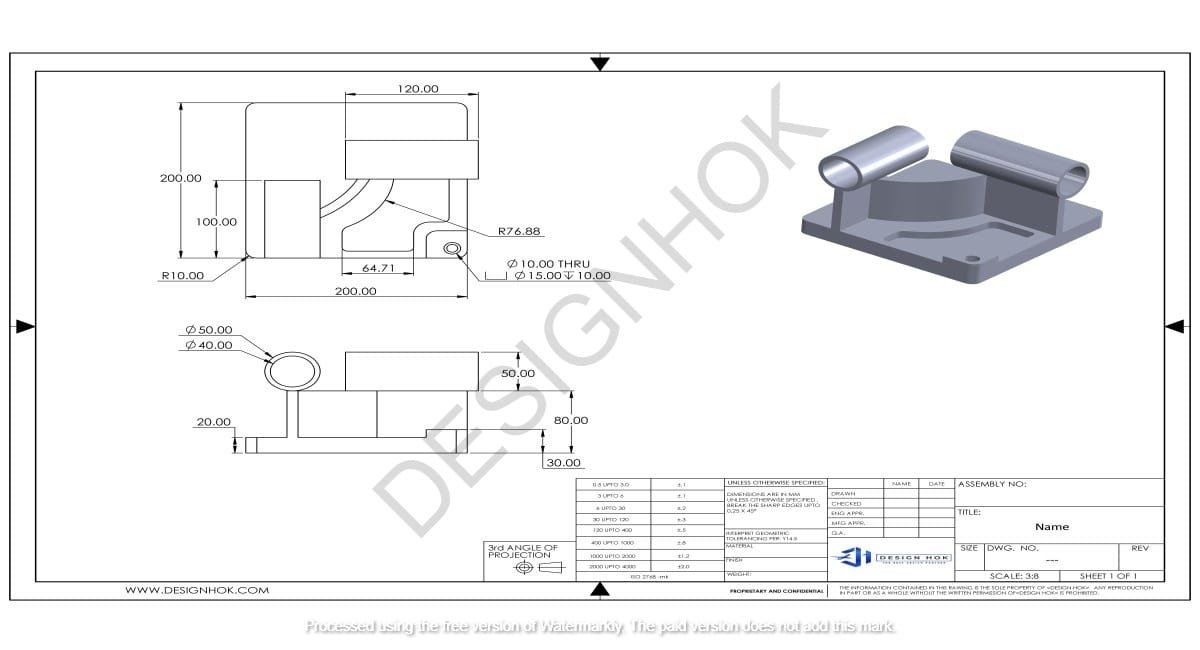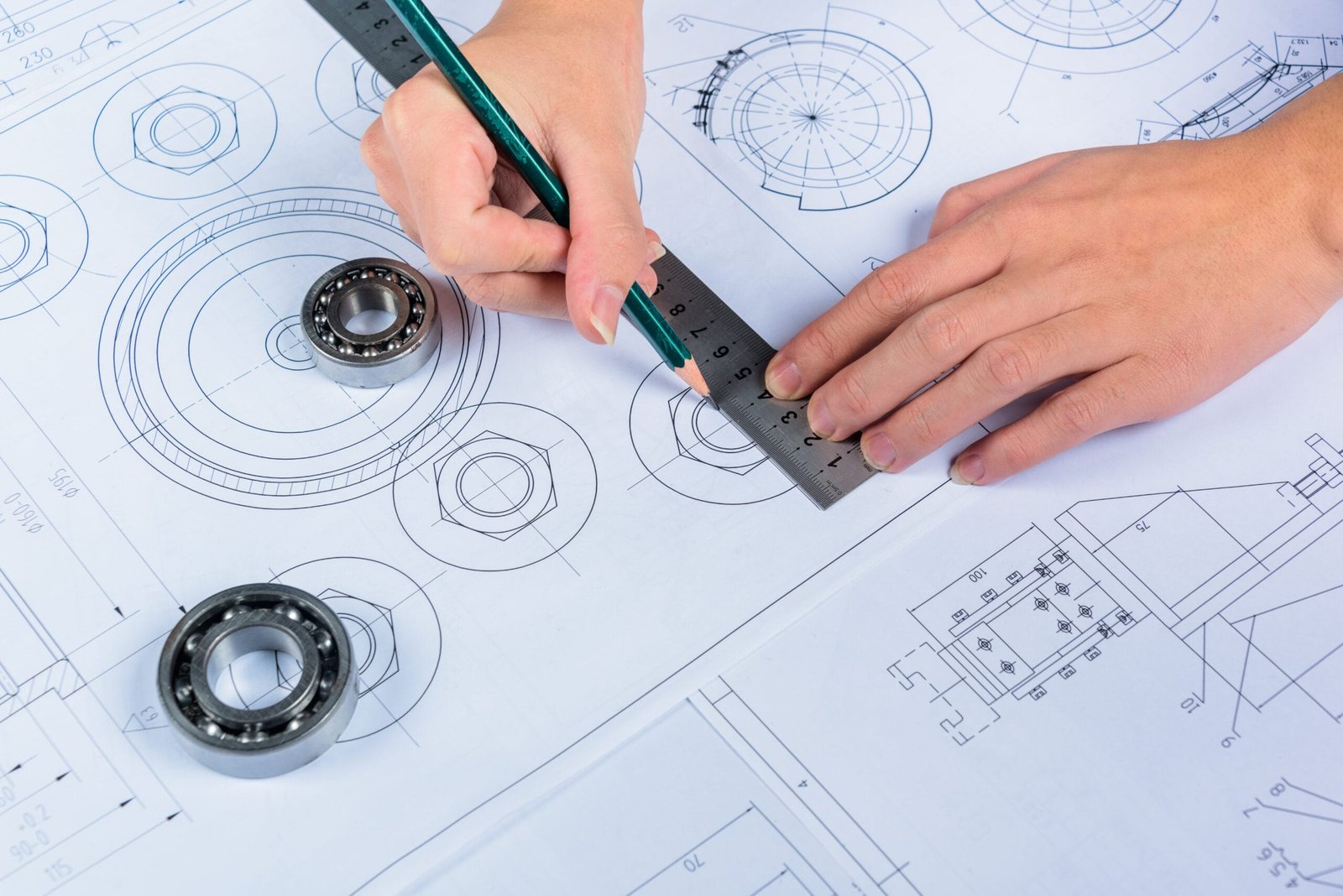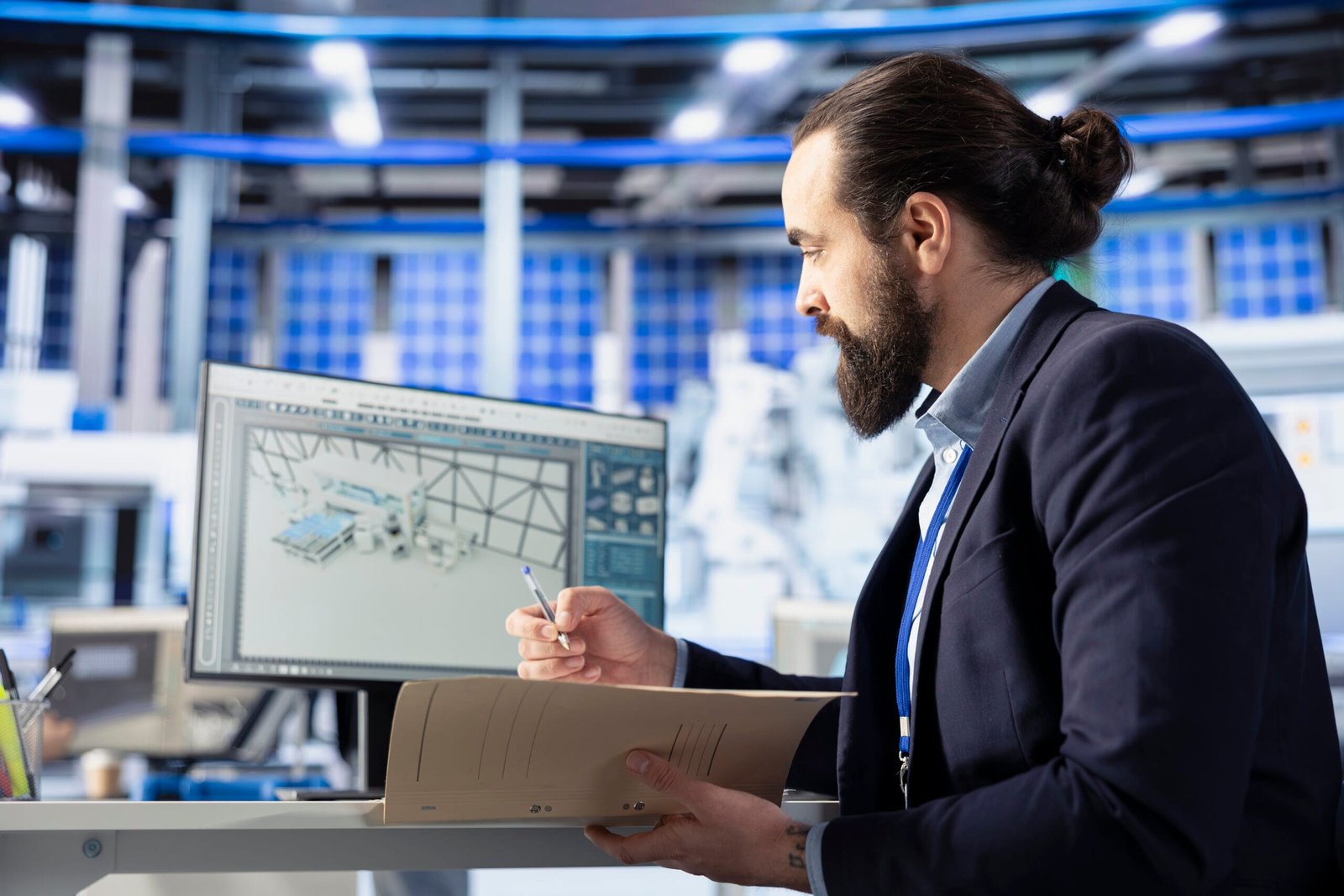In today’s digital age, the ability to visualize concepts before they come to life is not just a luxury—it’s a necessity. Whether you’re an architect, interior designer, game developer, or product designer, understanding the process of 3D rendering is crucial to your success. But what exactly is rendering in 3D? In this comprehensive guide for Designhok, we’ll dive deep into the world of 3D rendering, explore its process, tools, benefits, and discuss why it’s transforming the creative landscape.
Understanding 3D Rendering
What is Rendering in 3D is the process of converting a 3D model into a 2D image or animation with the aim of creating a realistic or stylistic depiction of a scene. This process involves simulating light, texture, and perspective to produce images that can closely resemble real-life photographs or, alternatively, achieve a particular artistic style.
Photorealistic vs. Non-Photorealistic Rendering
- Photorealistic Rendering: Aims to replicate real-life environments as accurately as possible. Every detail—from lighting to shadows and textures—is meticulously simulated to create an image that could almost be mistaken for a photograph.
- Non-Photorealistic Rendering: Focuses on stylized, artistic interpretations. Think of illustrations, cartoons, or other art forms where realism is less important than conveying mood, concept, or creativity.
Understanding which type of rendering fits your project is vital, as it influences the techniques and tools you choose to employ.
The 3D Rendering Process
The journey from a blank digital canvas to a lifelike image is complex and layered. Here’s a step-by-step look at how 3D rendering works:
1. Modeling
The first step in the rendering process is creating the 3D model. This involves designing the structure, objects, and environment using specialized software. Whether it’s the interior of a modern apartment, an intricate piece of machinery, or a fantastical game environment, every element must be modeled accurately.
2. Texturing and Material Application
Once the model is in place, textures and materials are applied. This step defines the surface characteristics of each object—such as color, reflectivity, roughness, and transparency. High-quality textures are crucial, as they bring depth and realism to the final image.
3. Lighting Setup
Lighting is arguably one of the most important aspects What is Rendering in 3D.The placement, intensity, and color of lights in a scene dramatically affect its mood and realism. Designers simulate both natural and artificial light sources, including ambient light, spotlights, and environmental effects, to create a dynamic and believable scene.
4. Rendering Engine
At the heart of the process is the rendering engine. This is the software component that processes all the data—the 3D model, textures, materials, and lighting—into a final image. Rendering engines use complex algorithms to calculate how light interacts with surfaces, taking into account reflections, refractions, shadows, and more. The quality of the final output depends on the power and sophistication of the rendering engine used.
5. Post-Production
After rendering, images or animations might undergo post-production enhancements. Using photo editing or video editing software, designers can adjust colors, add effects, or correct minor issues to achieve the desired final look. This step ensures that the rendered images perfectly align with the designer’s vision.
Tools and Technologies for 3D Rendering
There is a wide array of software available for 3D rendering, each with its own strengths:
- Autodesk 3ds Max: A favorite among architects and designers, known for its robust modeling and rendering capabilities.
- Blender: An open-source powerhouse that offers extensive modeling, sculpting, and rendering tools without the high cost.
- Maya: Popular in film and game development for its advanced animation and rendering features.
- Cinema 4D: Known for its user-friendly interface and powerful rendering tools, especially in motion graphics.
- V-Ray and Corona Renderer: High-quality rendering engines that integrate with various modeling software to deliver photorealistic results.
- Lumion: Renowned for its real-time rendering capabilities, allowing designers to quickly generate realistic visualizations.
Each tool has its unique benefits, and the choice often depends on the project’s requirements, budget, and the designer’s familiarity with the software.

Benefits of 3D Rendering
3D rendering offers a myriad of benefits that make it an essential component in modern design workflows:
Enhanced Visualization
The primary benefit of What is Rendering in 3D is its ability to bring ideas to life. Instead of relying on sketches or flat blueprints, designers can create immersive, three-dimensional representations of their projects. This allows clients and stakeholders to get a true sense of scale, texture, and spatial arrangement before any physical work begins.
Improved Communication
Effective communication between designers and clients is crucial. With detailed 3D renderings, designers can convey complex ideas clearly, reducing misunderstandings and misinterpretations. Clients can easily see and understand the proposed design, which streamlines the approval process and fosters collaboration.
Flexibility and Experimentation
One of the standout advantages of What is Rendering in 3D is the freedom it offers for experimentation. Designers can try out different layouts, color schemes, and lighting setups without the cost and risk associated with physical changes. This flexibility means that creative ideas can be explored and refined until the optimal solution is achieved.
Time and Cost Efficiency
Investing time in What is Rendering in 3D upfront can save significant resources down the line. By visualizing potential issues and resolving design conflicts early, costly mistakes during construction or production can be minimized. Additionally, quick iterations enabled by digital tools accelerate the decision-making process, keeping projects on schedule.
Marketing and Presentation
High-quality What is Rendering in 3D are powerful marketing tools. They enable designers to showcase their work in portfolios, on websites, or during client presentations. A striking visualization can captivate potential clients, helping them to see the full potential of a project and build confidence in the designer’s expertise.

Real-World Applications of 3D Rendering
3D rendering isn’t confined to a single industry—it has broad applications across various fields:
- Architecture and Interior Design: Visualizing residential and commercial spaces, allowing clients to experience environments before construction begins.
- Product Design: Creating detailed visual prototypes of products, which helps in testing aesthetics and functionality without expensive manufacturing processes.
- Entertainment and Gaming: Crafting immersive virtual worlds and characters that populate films, animations, and video games.
- Advertising and Marketing: Developing captivating visuals that bring products to life in brochures, online ads, and promotional materials.
Each of these applications benefits from the clarity and precision that What is Rendering in 3D provides, making it an indispensable tool in modern creative industries.
The Future of 3D Rendering
The field of What is Rendering in 3D is continually evolving. Innovations such as real-time rendering, virtual reality (VR), and augmented reality (AR) are redefining what’s possible. Real-time rendering allows for instant feedback during the design process, while VR and AR offer immersive experiences that let clients explore designs in a virtual space. These advancements are not only enhancing the quality of visualizations but are also making the design process more interactive and engaging.
Moreover, the increasing power of GPUs and advancements in software algorithms promise even faster and more detailed renderings in the near future. This progress is making high-quality rendering accessible to a wider range of designers and industries, further democratizing the creative process.
Conclusion
3D rendering is far more than just a digital tool—it’s a bridge between imagination and reality. By transforming intricate 3D models into lifelike images or animations, rendering allows designers to communicate their ideas with unprecedented clarity and precision. Whether you’re refining a new architectural concept, showcasing a product design, or developing a virtual game world, 3D rendering empowers you to visualize the future in vivid detail.
At Designhok, we embrace the power of 3D rendering as an essential part of modern design. By leveraging the latest technologies and creative techniques, we strive to transform your ideas into visual masterpieces that captivate and inspire.
Frequently Asked Questions (FAQ)
1. What is 3D rendering?
3D rendering is the process of converting a three-dimensional model into a two-dimensional image or animation. This process simulates real-world lighting, textures, and perspectives to produce a visual representation of a design.
2. How does 3D rendering benefit design projects?
3D rendering provides enhanced visualization, improves communication between designers and clients, allows for experimentation without physical changes, and saves time and money by identifying potential issues early in the design process.
3. What types of rendering exist?
There are two main types: photorealistic rendering, which aims to mimic real-life visuals accurately, and non-photorealistic rendering, which is used for stylized, artistic interpretations.
4. Which software is best for 3D rendering?
The best software depends on your project needs. Popular options include Autodesk 3ds Max, Blender, Maya, Cinema 4D, V-Ray, Corona Renderer, and Lumion. Each tool offers unique features tailored to different aspects of 3D rendering.
5. Can 3D rendering be used for small projects?
Absolutely. 3D rendering is versatile and can be applied to projects of all sizes, from small interior design projects to large-scale architectural developments and even product design.
6. Is 3D rendering expensive?
The cost can vary depending on the complexity of the project, the software used, and the expertise required. However, the investment in 3D rendering often pays off by reducing errors, saving time, and enhancing client satisfaction.
7. What are the future trends in 3D rendering?
Future trends include real-time rendering, which offers instant feedback during the design process, and the integration of virtual reality (VR) and augmented reality (AR), which provide immersive, interactive experiences. Additionally, ongoing improvements in hardware and software are set to make 3D rendering even more efficient and accessible.





